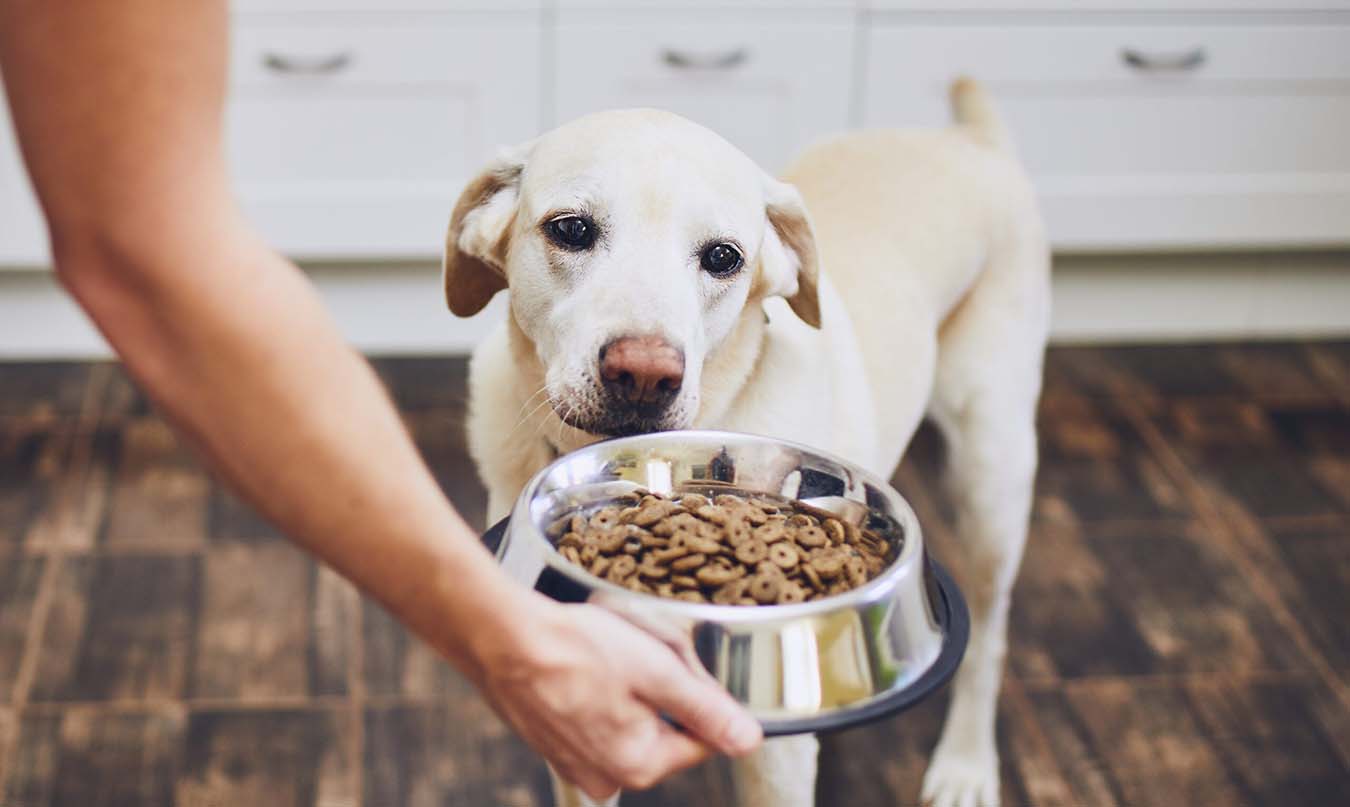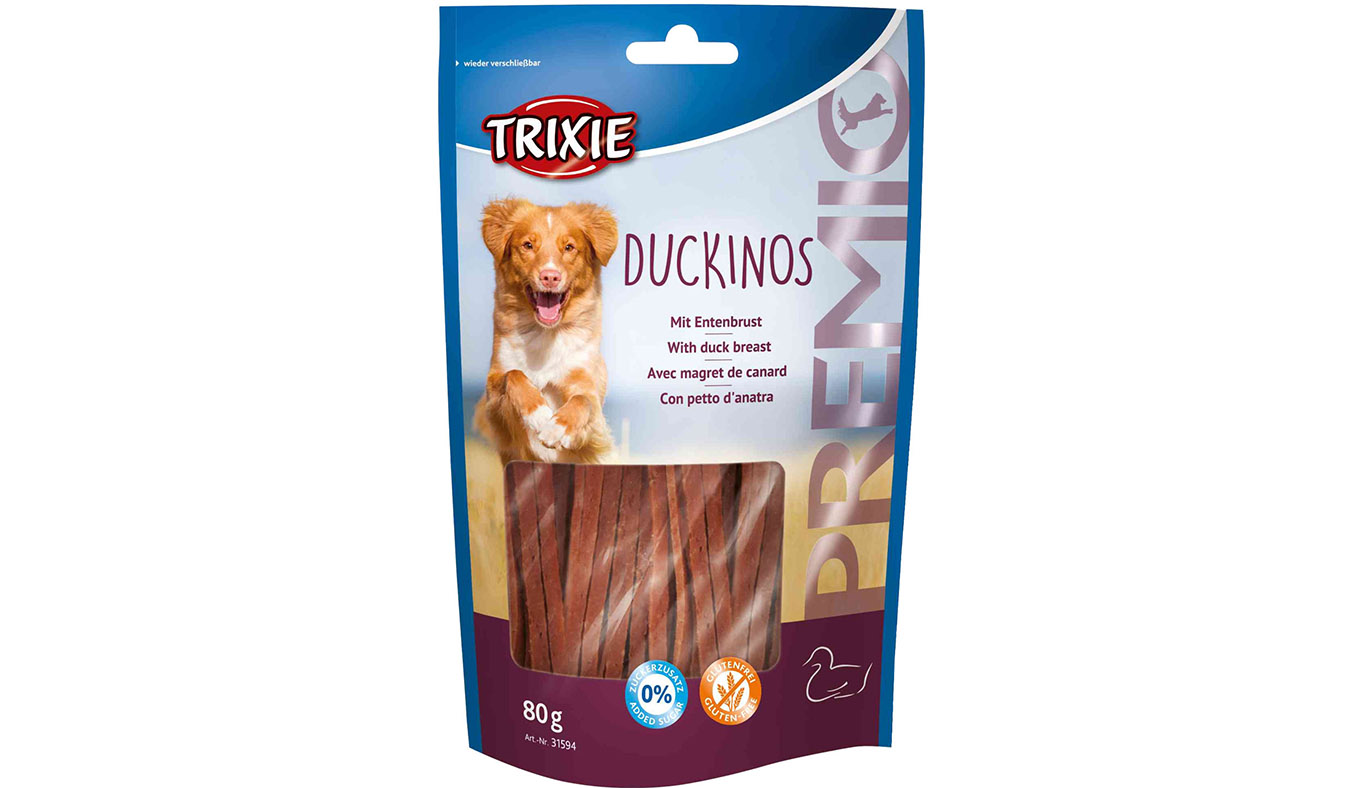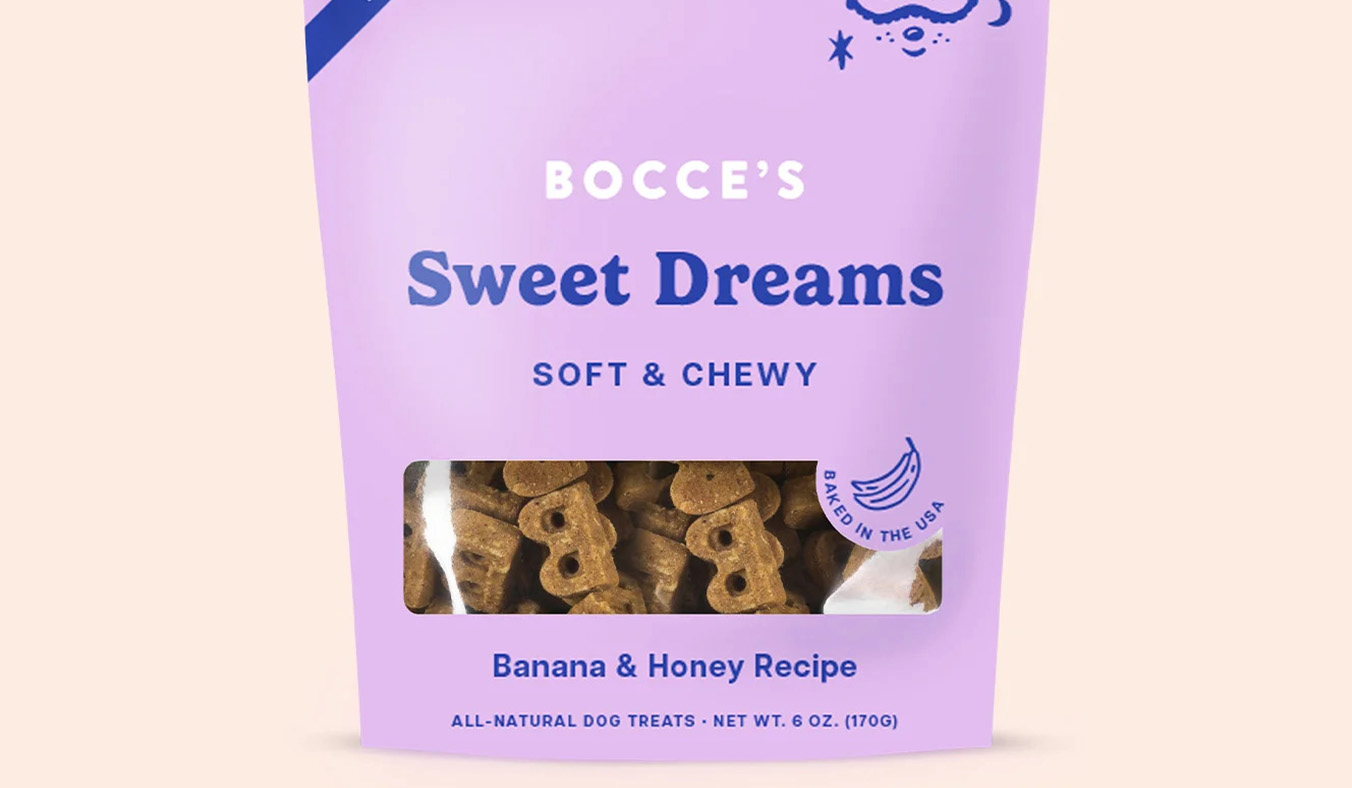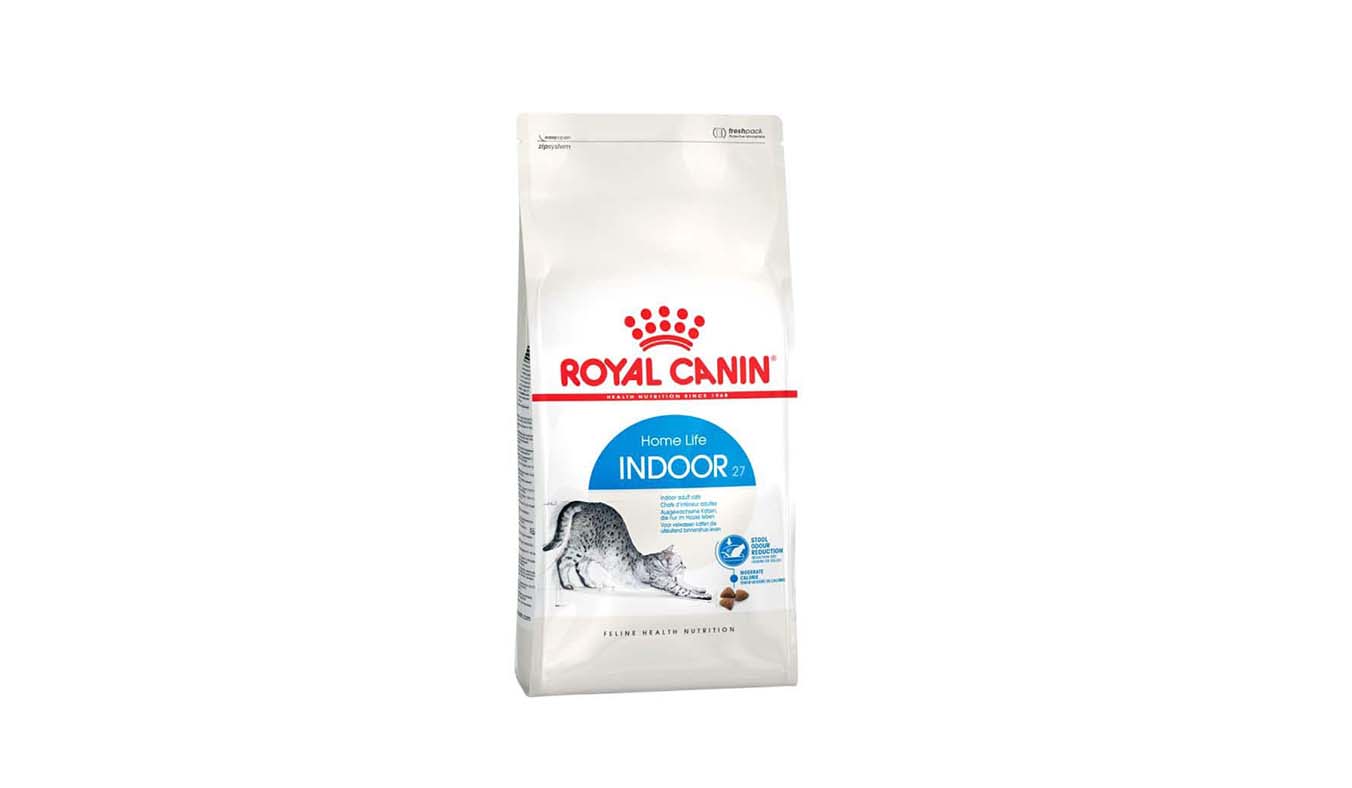Why Give Your Dog Age-Appropriate Nutrition?
Feeding dogs should be tailored to their age, health, lifestyle, and even breed. However, the most crucial criterion is age. Puppies have specific nutritional needs, while adult and senior dogs have different requirements. Let’s explore the differences in feeding your pet based on its age and why it’s essential to change its diet at the right time.
Dog Feeding – What You Need to Know?
The most crucial aspect of feeding your pets is understanding that the food must be suitable for the animal’s age first and foremost. Why? Although dogs need the same nutrients at different stages of their lives, they require them in different proportions. We will address these differences in the following section.
Feeding an adult dog food to a puppy can unfortunately have negative effects, such as causing bone and joint issues. If you’re feeding ready-to-eat dry foods, the structure and texture of the kibbles should also be age-appropriate.
Conversely, regardless of age, pets should be accustomed to regular meal times. Puppies, after weaning, should receive a daily portion divided into 5 meals until about 10 weeks of age. Adolescent dogs (up to around 5 months old) have their meal frequency reduced to 3 times a day, while adult dogs are fed 2 to 3 times a day. Regular meal times allow the digestive system to function correctly.
For the health of the digestive system, the dog should not have constant access to food, but rather to fresh water as often as possible, especially during hot summer days.

From Puppy to Adult – When to Change Feeding?
Many guardians give their puppies adult dog food because they don’t know when the animal actually transitions to the next stage of its life. This depends on the size of the breed. Small breeds, whose adult weight is less than 10 kg (such as Yorkies, Miniature Spitz, or Shih Tzu), reach maturity much faster. They reach adulthood around 8 months old. Medium-sized breeds, with an adult weight between 11 and 25 kg (e.g., beagles, border collies), reach maturity at around 12 months old.
Large breeds grow even later. Examples include the Alaskan Malamute or the German Shepherd. Large breeds, dogs whose target weight is between 26 and 45 kg, grow at around 15 months old. Giant breeds (e.g., Saint Bernard, Cane Corso) reach maturity at the latest. Adults weigh over 45 kg and are considered adults between 18 and 24 months old.
As you can see, the age range associated with the transition to adulthood for dogs is very broad.
On the other hand, if you have a mutt at home and struggle to determine your pet’s target size, ask your veterinarian to assess its current life stage. A specialist will tell you when you should switch to the next food.
Puppies and Adult Dogs – Dietary Differences?
From Milk to Solid Food:
It goes without saying that during the first few weeks of its life, the puppy should only take food in the form of mother’s milk. Between 3 and 8 weeks (depending on the breed’s size), puppies begin transitioning from mother’s milk to solid food. This is called the weaning process. It’s a crucial moment in a puppy’s life as its immune and digestive systems are intensively forming, and its brain needs the right nutrients to continue developing.
During the transition to solid food, dog breeders benefit from support from the Royal Canin brand, which has developed the Starter range. The food’s composition has been designed so that it can be given to both the mother and the puppy. The young dog assimilates all the necessary nutrients from the food while still absorbing with its milk and, at the same time, is already learning to eat dry food of the same composition. Of course, it is possible to soften the food prepared with water and give it to the puppy as pulp at first, then gradually switch to feeding dry kibble. Lactating bitches and puppies in the weaning phase need a high-energy intake of protein and fat. In addition, the Starter range is enriched with an adequate dose of vitamins C and E to support the animal’s immune system, as well as prebiotics to support the digestive system.
The transition to solid food represents a very intense phase in a puppy’s life. The growth phase not only means physical changes but also, and above all, mental maturation, learning about the surrounding world, socializing with the environment, and learning the rules. The intensive growth of the puppy requires feeding it with high-energy-value foods. In addition, the energy provided by the food must come from high-quality ingredients, and at the same time, the food must be easy to digest. The Royal Canin Puppy range meets these conditions. Just like the Starter series, its composition was developed based on breed size. Royal Canin specialists have included highly digestible L.I.P. proteins, fructooligosaccharides, and fish oil in puppy foods. These ingredients contribute to the proper functioning of the digestive system, which is not yet fully formed. The immune system is supported by the content of vitamins C and E, lutein, and taurine.
Until what age should my dog ??be fed the Puppy range? It is suitable for puppies of small breeds up to 10 months old, medium breeds up to 12 months old, and large breeds up to 15 months old. The situation is slightly different for large breeds. The Puppy line can be given to puppies aged 2 to 8 months. As you already know, large breed dogs do not reach adulthood until between 18 and 24 months old, but while they are still puppies, their bodies need a slight modification of the nutrient ratio. That’s why Royal Canin recommends guardians of these breeds switch from the Puppy range to the Junior range at 8 months old. The protein content is reduced in favor of oils and fats.
Adult Dog
Adult age in a dog’s life means it has reached a certain stability. The animal has already completed its physical development, reached sexual maturity, and mental maturity. However, it still needs appropriate care, both in terms of health and physical condition, and constant mental stimulation.
Therefore, it should always be given a balanced and quality diet. An adult animal no longer needs as protein-rich a diet as a puppy. In the Royal Canin Adult range, the percentage of proteins has been reduced so that the dog receives the right amount of energy with the food without the risk of becoming obese. It is important to take care of the skin and coat’s health at this stage of life. Omega-3 fatty acids, EPA, and DHA, contribute to this.

What about Senior Dogs?
Not forgetting the specific needs of senior dogs. Although the main nutrient content remains similar to that of an adult dog, in an older dog, the Ageing line food is enriched with an antioxidant complex to help fight signs of aging, as well as L-carnitine to support the metabolism’s proper functioning.



